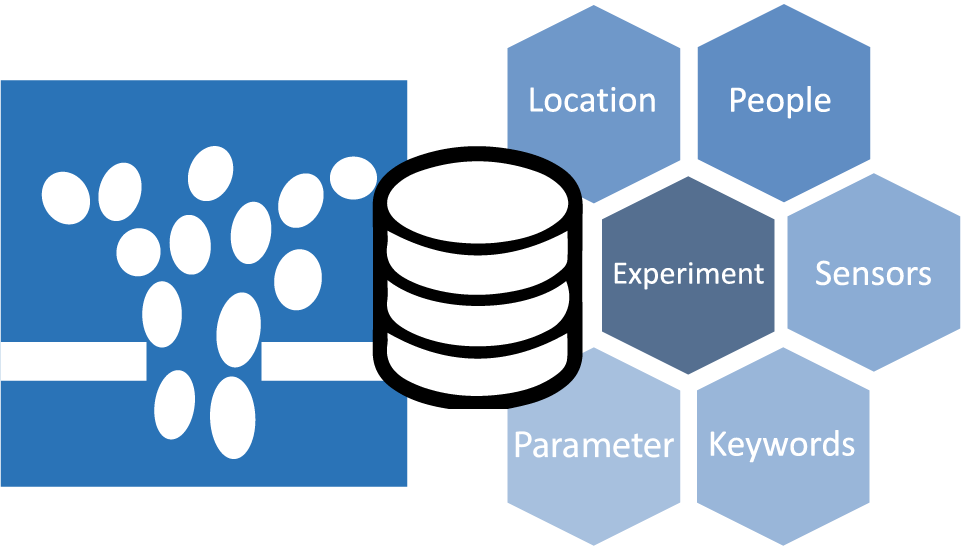Be FAIR to Pedestrian Dynamics Data
DOI:
https://doi.org/10.17815/CD.2024.163Keywords:
FAIR data principles, Metadata schema, Data archive, Database, Trajectory format, Geometry format, Open access, StandardizationAbstract
For improving the safety of people in large crowds, it is of great importance to understand the basic mechanisms of pedestrian dynamics, e.g. with help of experiments. The number of openly shared datasets of these experiments has increased in the last years also due to stricter requirements from journals and funders. We share our own experimental data by an open access data archive which data is widely used in the community.
However, our data and also data of other researchers in the field of pedestrian dynamics is not annotated in a systematic or semantically harmonized way, which impairs FAIRness in general and interoperability specifically. In this paper, we propose a standardized extensible metadata schema and key data structures for trajectories and geometry. The proposed metadata schema and data structures hopefully support the interoperability within the community and will assist to make data reutilization more efficient.
Our own legacy datasets are continuously annotated with essential information using this metadata schema steadily. This metadata is provided beside the converted data on our data archive and thus enhance its findability and reusability.
References
Shi, X., Ye, Z., Shiwakoti, N., Grembek, O.: A state-of-the-art review on empirical data collection for external governed pedestrians complex movement (2018). doi:10.1155/2018/1063043
Feng, Y., Duives, D., Daamen, W., Hoogendoorn, S.: Data collection methods for studying pedestrian behaviour: A systematic review. Building and Environment 187, 107329 (2021). doi:10.1016/j.buildenv.2020.107329
Forschungszentrum Jülich, Institute for Advanced Simulation: Data archive of experiments on pedestrian dynamics. doi:10.34735/ped.da
Wilkinson, M. D. et al.: The FAIR Guiding Principles for scientific data management and stewardship. Scientific Data 3(1), 160018 (2016). doi:10.1038/sdata.2016.18
Schrödter, T.: PedPy - Pedestrian Trajectory Analyzer. Forschungszentrum Jülich (2022). doi:10.5281/zenodo.10814490
International Organization for Standardization (ISO): Records Management Standard 15489-1:2016. URL https://www.iso.org/obp/ui/#iso:std:iso:15489:-1:ed-2:v1:en. Accessed: 2023-10-31
Research Organization Registry (ROR). URL https://ror.org
Open Researcher and Contributor ID (ORCID). URL https://orcid.org
Forschungszentrum Jülich, Institute for Advanced Simulation: Information about Trajectory and Metadata File Format. URL https://ped.fz-juelich.de/da/dataFormat
Feldmann, S., Adrian, J., Boomers, A.K., Boltes, M., Čamernik, J., Ernst, M., Kandler, A., Lügering, H., Schrödter, T., Seyfried, A., Sieben, A.: Forward propagation of a push through a row of people (2022). doi:10.34735/ped.2022.2
The HDF Group: Hierarchical Data Format, version 5 (1997). URL https://www.hdfgroup.org/HDF5/
International Organization for Standardization (ISO): Information technology – database languages – sql multimedia and application packages – part 3: Spatial 13249-3:2016. URL https://www.iso.org/standard/60343.html. Accessed: 2023-10-31
Gillies, S.: Shapely: Manipulation and analysis of geometric objects (Polygon) (2007). URL https://shapely.readthedocs.io/en/stable/reference/shapely.Polygon.html

Downloads
Published
How to Cite
Issue
Section
Categories
License
Copyright (c) 2024 Maik Boltes, Alica Kandler

This work is licensed under a Creative Commons Attribution 4.0 International License.
Authors contributing to Collective Dynamics agree to publish their articles under the Creative Commons Attribution 4.0 license.
This license allows:
Share — copy and redistribute the material in any medium or format
Adapt — remix, transform, and build upon the material
for any purpose, even commercially.
The licensor cannot revoke these freedoms as long as you follow the license terms.
Authors retain copyright of their work. They are permitted and encouraged to post items submitted to Collective Dynamics on personal or institutional websites and repositories, prior to and after publication (while providing the bibliographic details of that publication).








